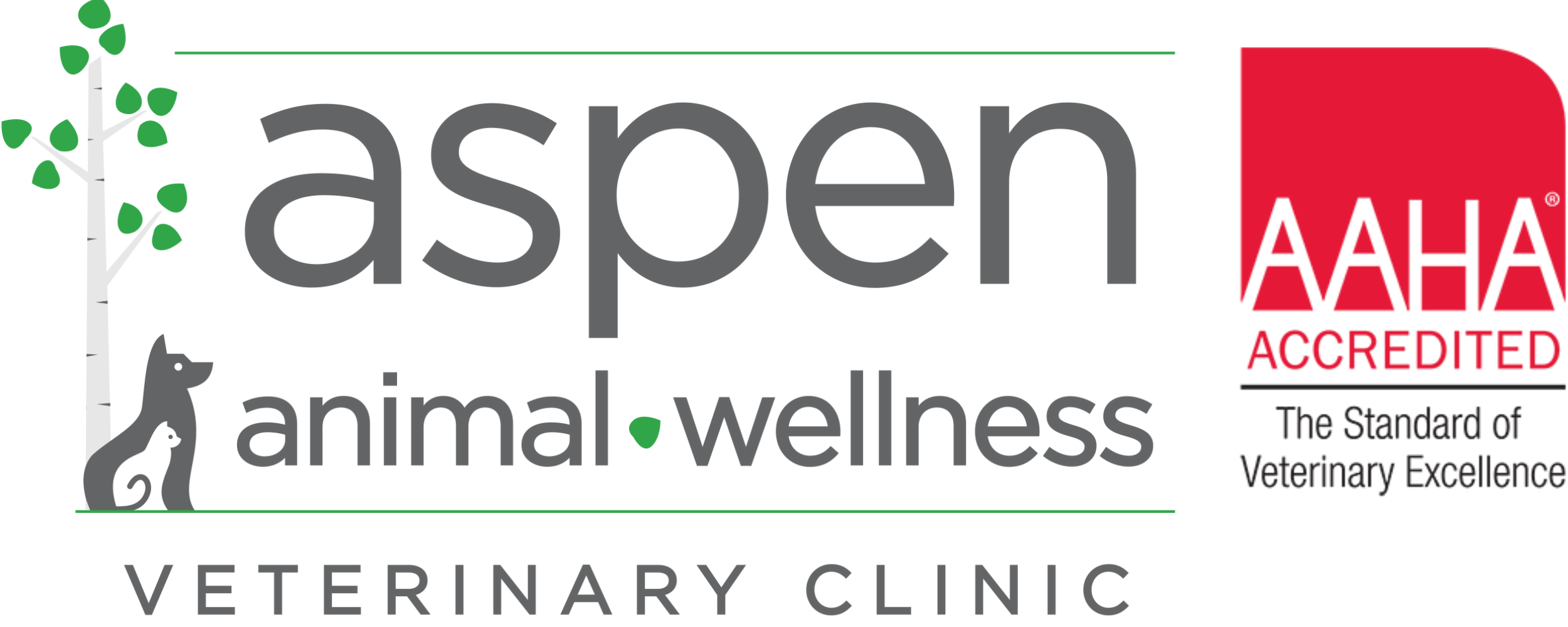Staying Safe and Sound: Essential Tips for a Secure Dog Park Experience
Venturing into a dog park can be an exciting adventure for both you and your furry friend. However, it’s crucial to prioritize safety and be prepared. Follow these four must-know tips to ensure the well-being of your canine companion in an off-leash play area.
Tip #1: Safeguard against infectious diseases
When entering reputable dog parks, proof of vaccination is often required. It is essential to keep your dog’s vaccinations up to date, including rabies, distemper, parvovirus, and bordetella. Additionally, consider canine influenza, parainfluenza, and leptospirosis vaccinations, as they may be required or recommended. By keeping your pup protected, you reduce the risk of them contracting or spreading infectious diseases while at the park.
Tip #2: Choose off-peak times for visits
Dog parks are often busiest right after the working day ends, with an influx of energetic dogs looking to release pent-up energy. During these peak hours, overexcited dogs may not adhere to proper canine etiquette, leading to potential bullying or fights. Opt for visiting during off-peak times to allow your dog to exercise without the added stress of a large pack chasing after them while they retrieve a ball.
Tip #3: Enhance identification measures
While it’s unlikely for your dog to slip out of the double gate at the park entrance, accidents can happen. To ensure a safe reunion, consider doubling up on identification methods. Outfit your furry friend with collar ID tags displaying your contact information, an embroidered collar with your phone number, and a microchip. These measures greatly increase the chances of a happy reunion should your dog become separated from you.
Tip #4: Be vigilant for warning signals
Dog parks are not the ideal place for teaching socialization skills. Therefore, it’s crucial to pay close attention to your dog’s behavior and watch for any signs of discomfort or inappropriate interactions. Some warning signals indicating stress, anxiety, or fear in your dog include running away, a tucked tail, freezing, excessive drooling, disproportionate panting, trembling, cowering, clingy behavior, lip licking, whale eye, raised hair, and reactivity or aggression like barking, growling, or nipping. At the first indication of unease, it’s best to leave the dog park before any situation escalates.
Remember, off-leash dog parks may not suit every dog’s temperament. Some dogs prefer one-on-one socialization or exploring on their own rather than being part of a large pack. Regardless of your dog’s socialization preferences, prioritize their well-being by keeping up with regular preventive care, protecting them from infectious diseases and parasites. Contact our team today to schedule your dog’s annual wellness visit and ensure they remain up to date on their health needs.

